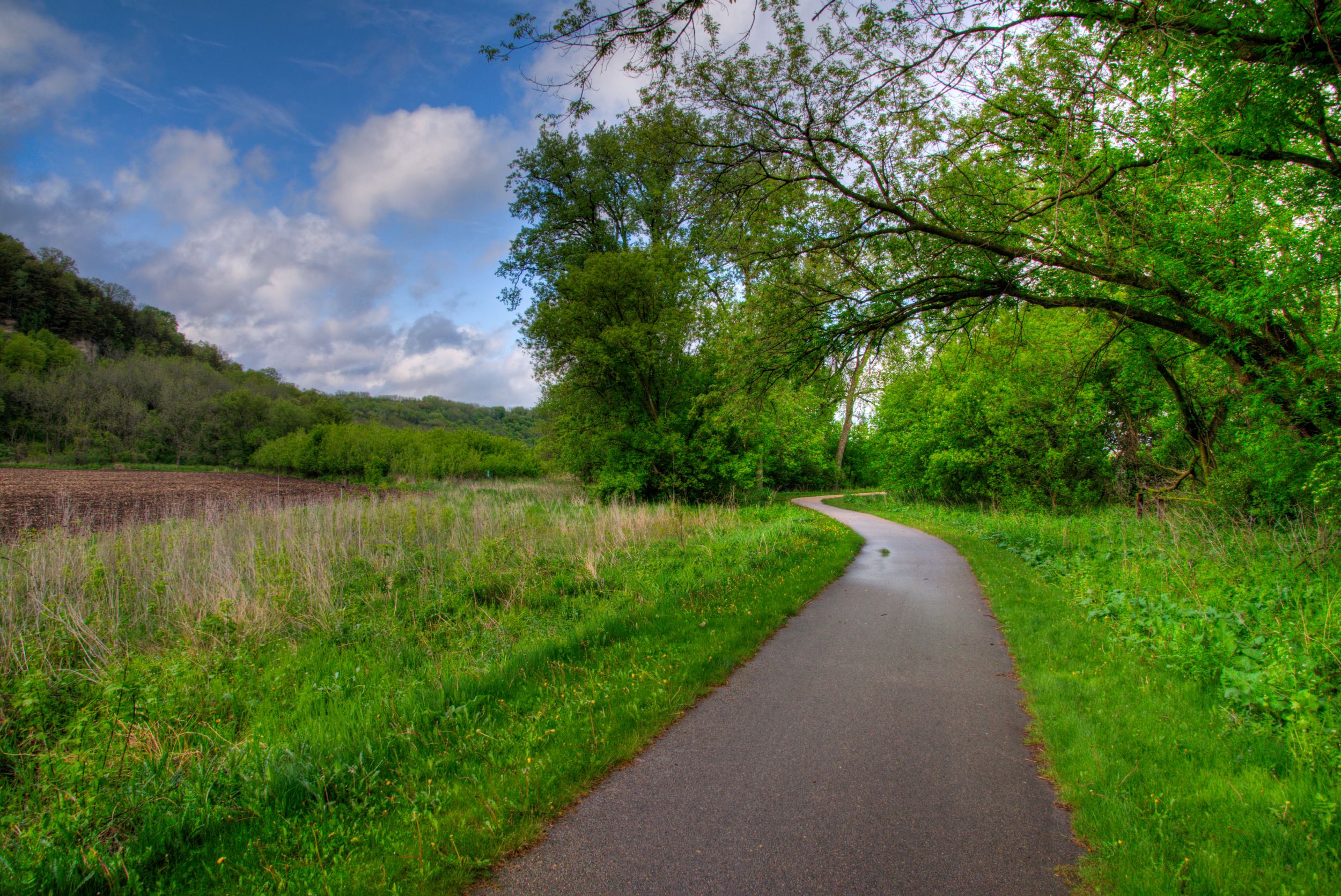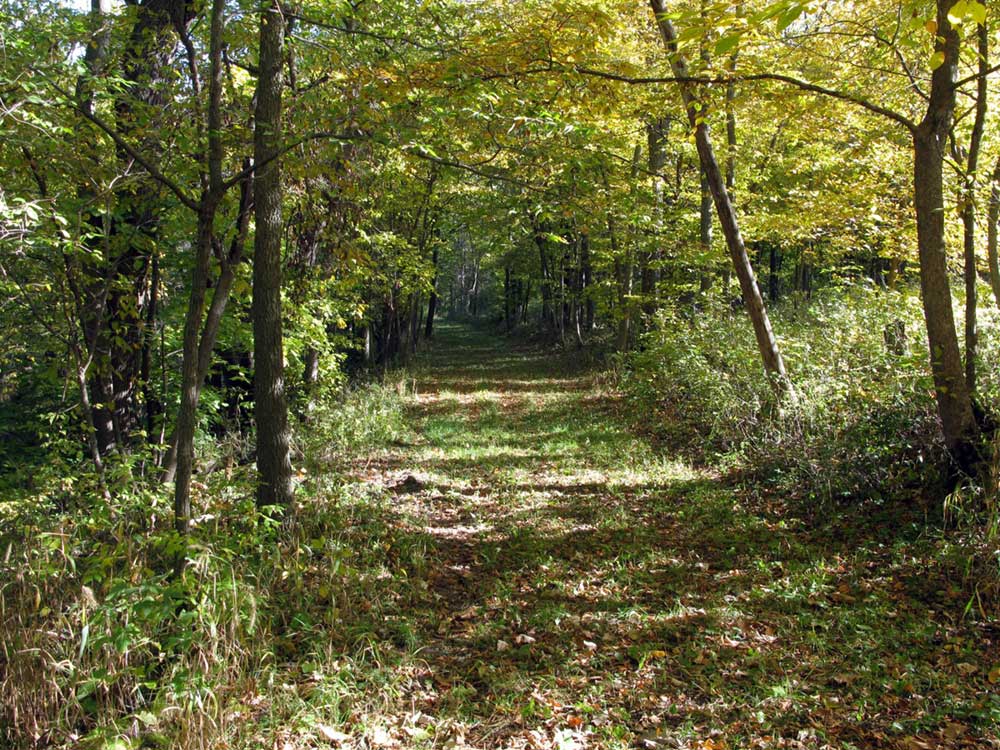Designing the trail
From trailheads, signage and surface types, to parking lots, bridges and amenities along the way, there's a lot to consider when designing your trail. If you want it done right the first time, consider hiring an experienced design firm and let them handle the heavy lifting. They’re the professionals for a reason and will have the background to ask the right questions, create a comprehensive plan, and will be able recommend or reach out to other industry experts. Another important advantage of hiring a design firm is that it will free up time for trail organizers to focus on other logistics such as fundraising, long-term maintenance and community engagement. Here are a few things to consider as you begin these conversations.
Trail surfaces
Before you choose a specific trail surface, you should consider the pros and cons of hard surfaces and soft surfaces. While hard-surface trails are more accommodating, require less annual maintenance and can withstand frequent use, they are also significantly more expensive. On the other hand, soft-surface trails cost less, but generally do not hold up well under heavy use or seasonal weather conditions, and tend to attract fewer users.

Hard surfaces
Asphalt
Asphalt works well for bicycle commuters and inline skaters, which is one reason it is often used in urban areas. While it requires regular maintenance such as crack patching and weed control, it has a life expectancy of 15 to 20 years if properly built and maintained.
Concrete
Concrete is usually the longest lasting of the hard surface materials, but it is also more expensive. Well-maintained concrete can last 25 years or more. The surface is appropriate for urban areas with severe climate swings and a susceptibility to flooding. However, the hard surface is taxing on runners’ lower limbs, and is thus unpopular with that significant user group. Adjacent soft-surface treads can accommodate runners and equestrians where concrete is necessary for the main trail.
Crushed Stone
Crushed stone is popular as a trail surface because it is relatively inexpensive and can complement the aesthetic of the natural landscape. It can also accommodate many, but not all, trail users if crushed and compacted properly. Because crushed stone can be made of nearly any type of rock, including limestone and quartzite, it is one of the most accessible trail surface types. That said, crushed stone can wash out and become rutted with heavy use. It is highly vulnerable when the frost comes out and is easily destroyed by equestrians.

Soft surfaces
Mowed Grass
Trails with a mowed grass surface offer inexpensive maintenance costs limited primarily to fixing drainage problems, repairing eroded areas and removing vegetation/mowing. They can be muddy in spots when wet, however, the trail can usually be built and maintained by volunteers.
Wood Chips
Wood chips blend well with the natural environment and can work well as a parallel tread for runners and equestrians next to an asphalt or concrete trail. However, the surface decomposes rapidly, cannot accommodate wheelchair use and requires constant maintenance to keep the width and surface steady. On average, the entire surface must be replaced every two years, however, maintenance and installation can often be performed by volunteers.
Checklist
-
Submit a request for proposal to several design firms
-
Select a design firm
-
Create comprehensive trail plan